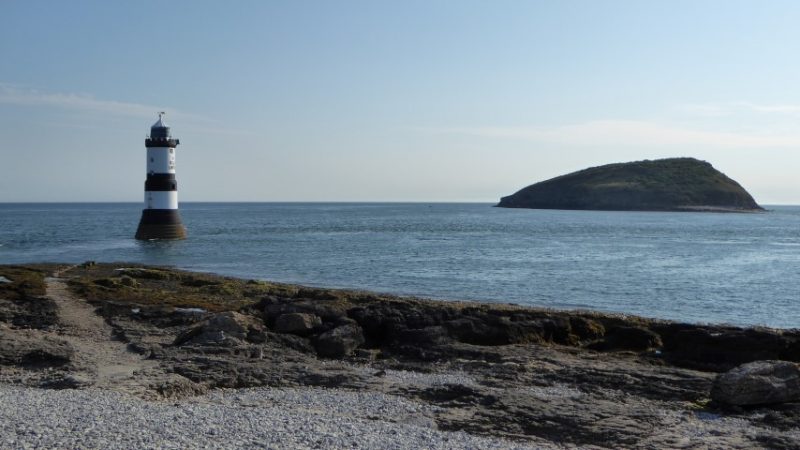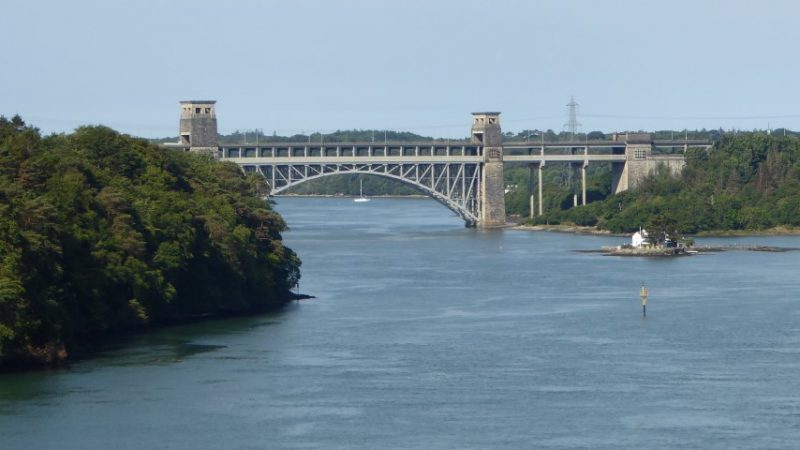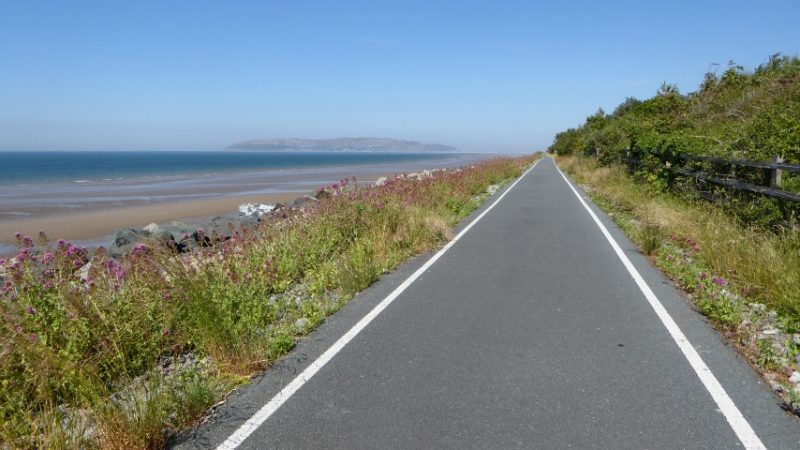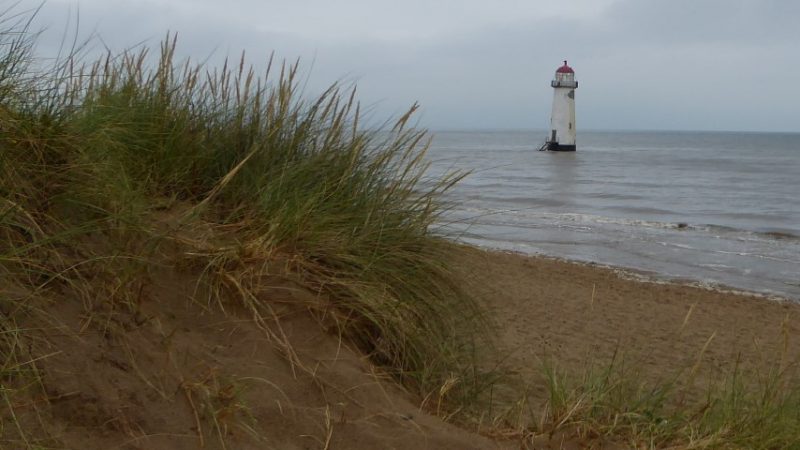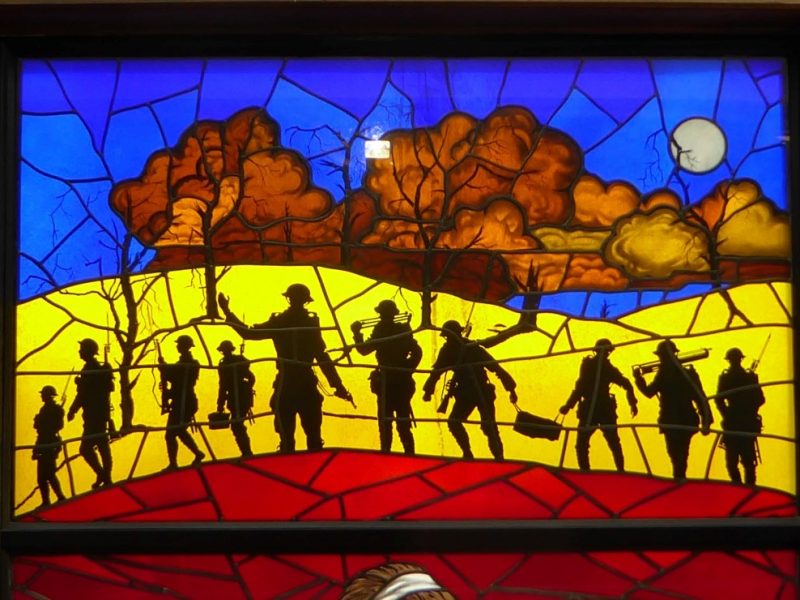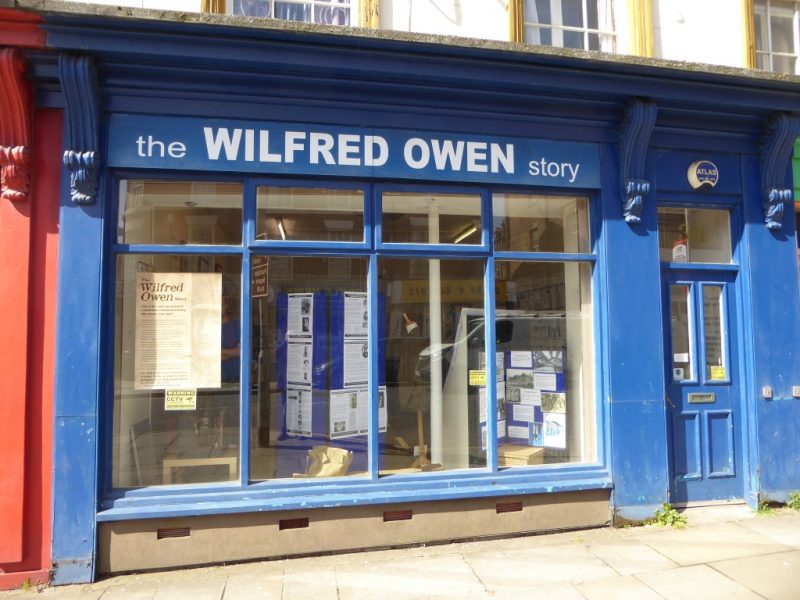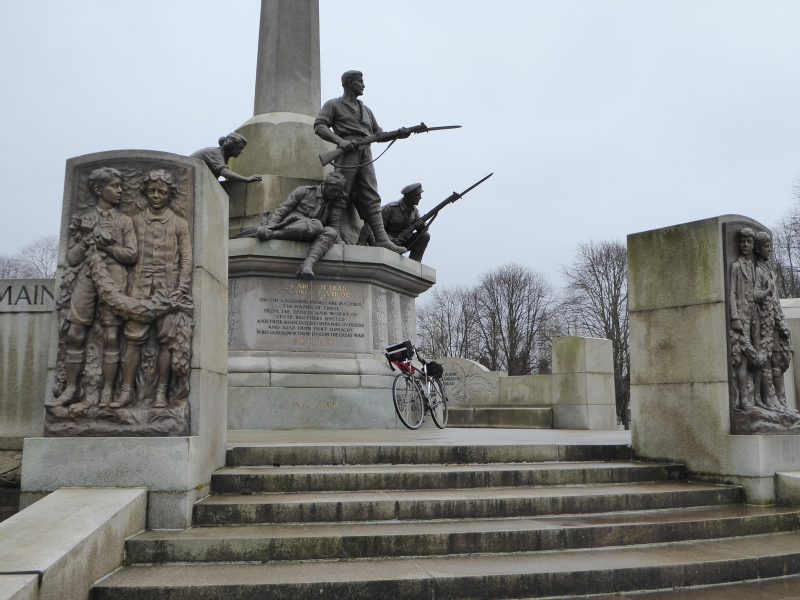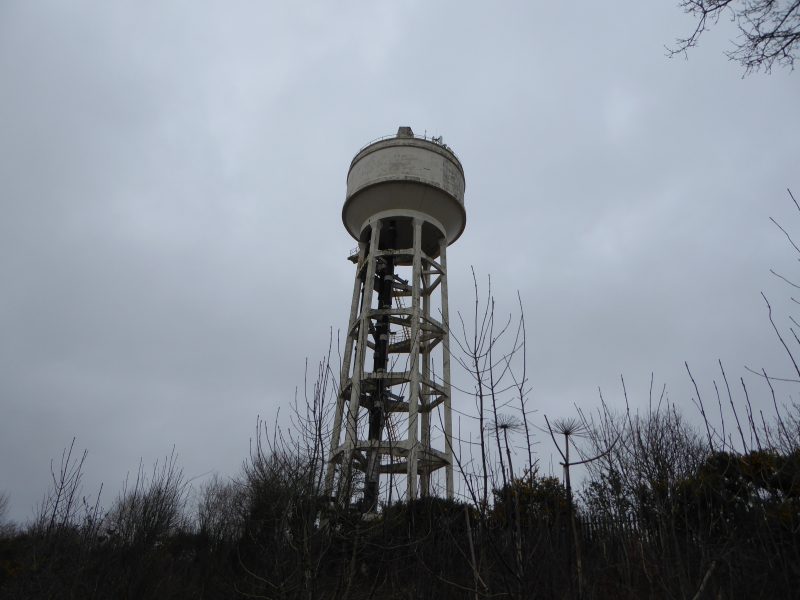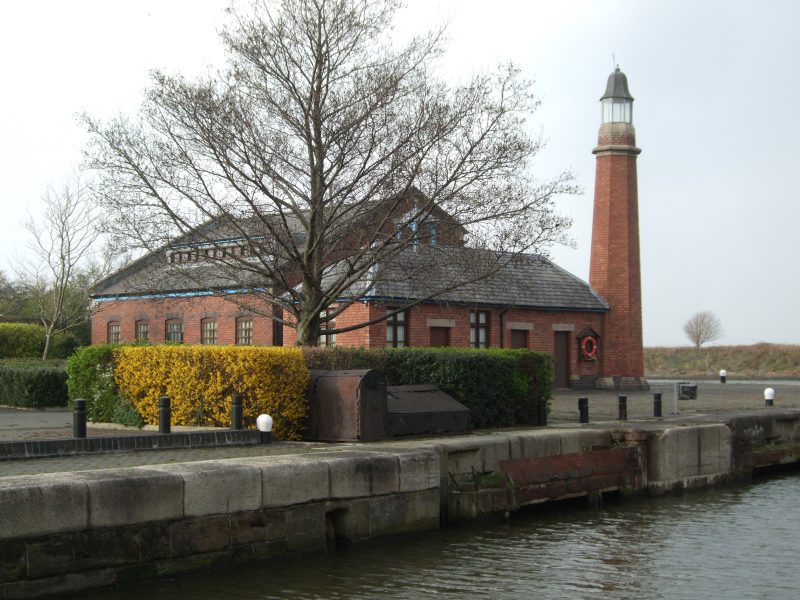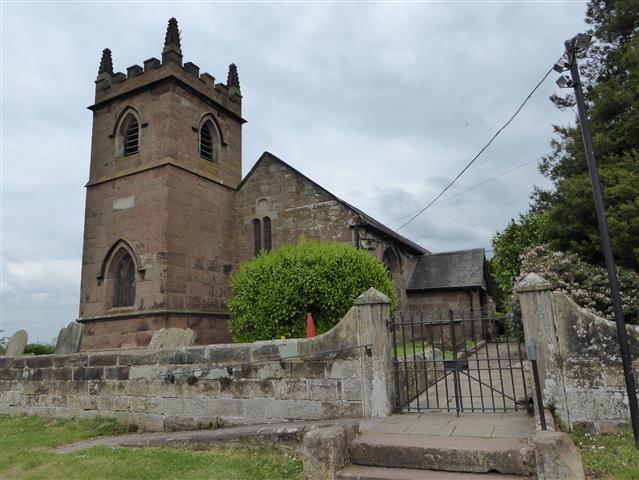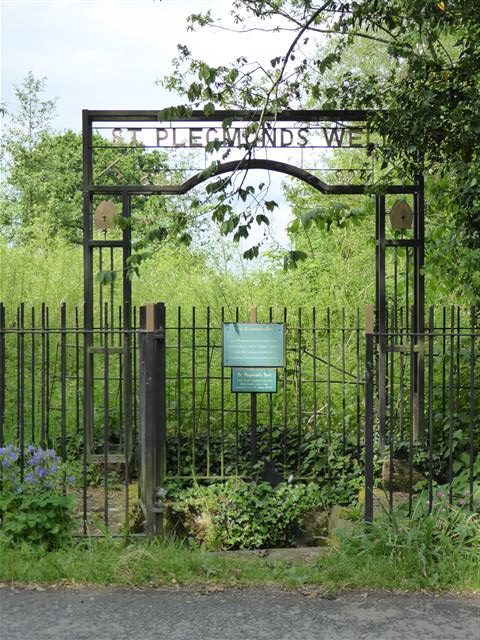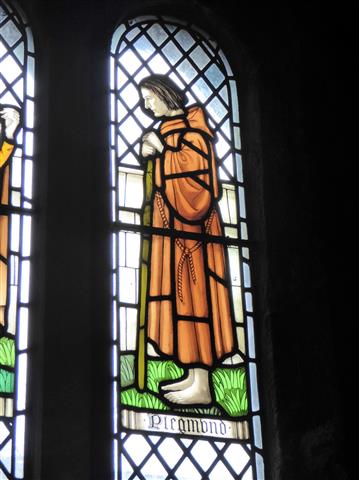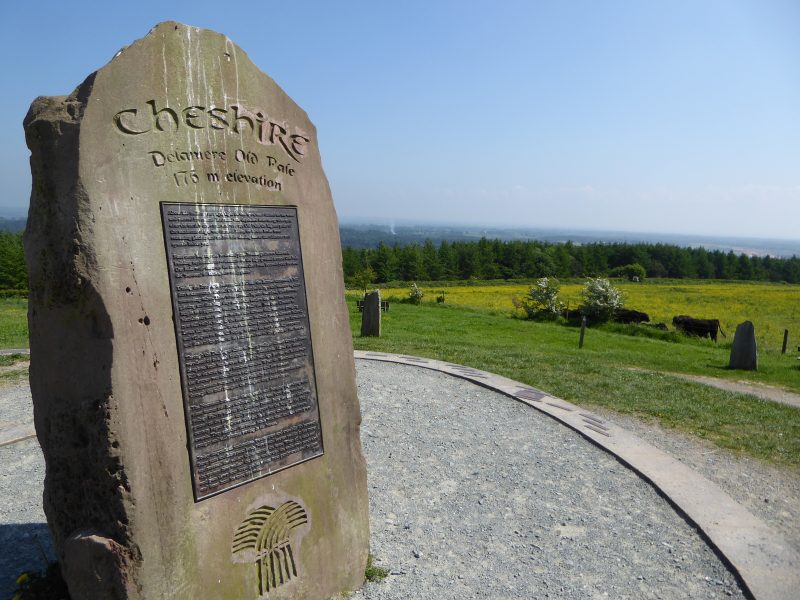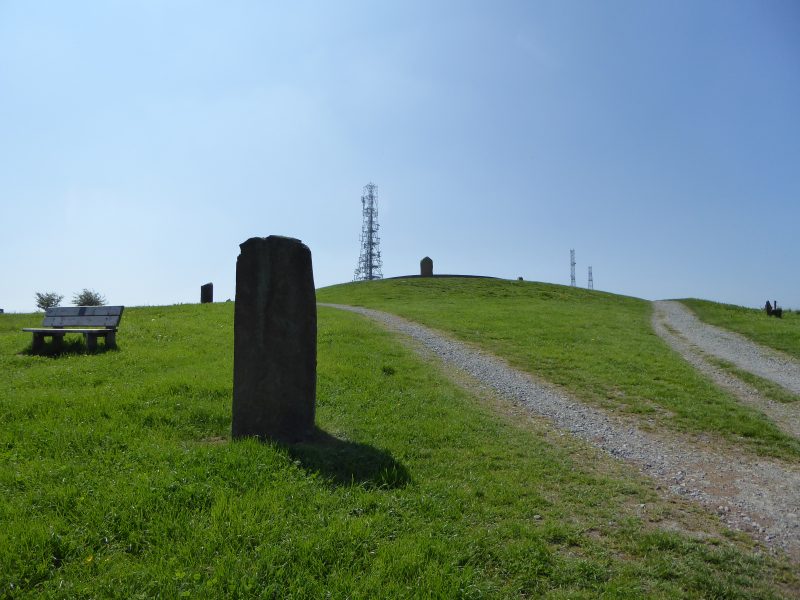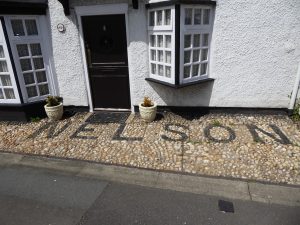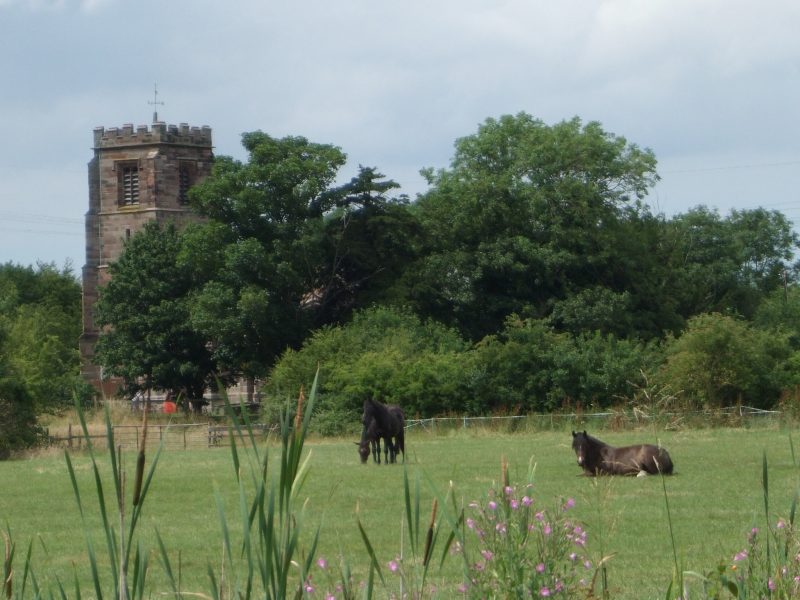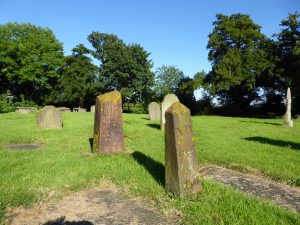The Mariners’ Beacon, Grange, Wirral, Merseyside.
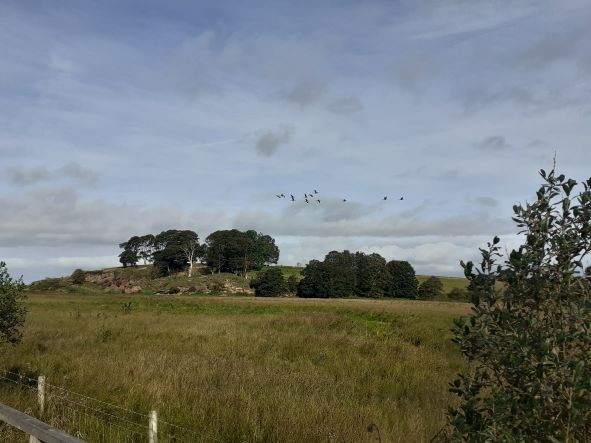
I’ve not added to my list of British Cycle Quest checkpoints for some time. On BCQ rankings, I’m categorised as having “just started”. This is because I’ve yet to submit ten checkpoint answers. I’d probably be closing in on three figures by now, if I’d started twenty years ago.
My first objective is to cycle to the checkpoints within the pre 1974 boundaries of Cheshire. That’s Cheshire as it existed when I was born, and before Merseyside and Greater Manchester took chunks out of it.
There are eleven checkpoints within my definition of Cheshire. All are within a day’s ride from home. The furthest is at Style Mill near Wilmslow, which at 37 miles is a decent run considering I have to get back home as well. Before the Mariners’ Beacon checkpoint, I’d already visited five locations in Cheshire and a couple in North Wales, so my total stood at seven.
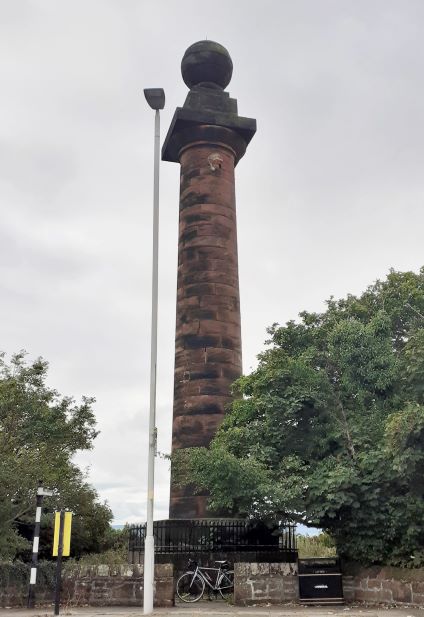
My journey to the Mariners’ Beacon is along a route that I know well. My trip is rather unique inasmuch as, 22 of the 23-mile from my home is on Sustrans paths. The route is also flat because it follows the course of former railway lines. NCR 5 takes me through the centre of Chester and across the border into Wales. At Sealand, I fork right and head north through the Deeside Industrial Park, which is built on the site of former steelworks land, where I worked in the 1970s. The route takes me past a paper mill, a Toyota engine factory and various food-manufacturing sites. The industrial park has been thoughtfully designed and equipped with good cycle paths. I pass beneath the A548 as it rises towards the Flintshire Bridge. Crossing back into England I follow the route along a wooden boardwalk, past Burton Point and the Dogs Head rock. On the boardwalk a large skein of Canada geese fly low over my head. They head west, over the marsh and the Dee estuary heading towards the Point of Ayr, mainland Wales’ most northerly tip. The sight, sound and close proximity of these birds present me with one of those magical moments that I can only record and treasure in my memory.
I use this pathway often; it’s a cycle friendly route to the former seaside village of Parkgate. Here I join the Wirral way, a path that takes me through Gayton, Heswall and a golf course. At Caldy, I leave the path and take to the roads. Caldy Hill is an upward climb through the million pound mansions of the wealthy. It’s not a difficult or long climb, and I soon find myself on the busy and aptly named, Column Road, where I soon find the Mariners’ Beacon just beyond the local Grammar School. Here, carved into the base of the landmark, I find the answer to the checkpoint question… What date was the foundation Stone Laid?
The Mariners’ Beacon stands above West Kirby near the northwest corner of the Wirral peninsular. It’s a 60-foot sandstone column with a ball on the top standing on Caldy Hill, 256 foot above sea level. The landmark’s name and purpose are self-explanatory. Looking up from sea level, the landmark still stands out against the Wirral skyline. A windmill once stood on this site, which became a favoured landmark for sailors navigating towards the mouth of the Mersey and Port of Liverpool.
In 1839 a powerful storm destroyed the mill, and the sailors lost their landmark. All that remains today is the millstone resting at the base of the beacon’s column.
Following the mill’s destruction, the seafarers asked the trustees for Liverpool’s docks to reinstate a landmark, so that they could again have something on this site to act as an aid to navigation. Two years later the ruined mill was replaced with the sandstone column that we see today.
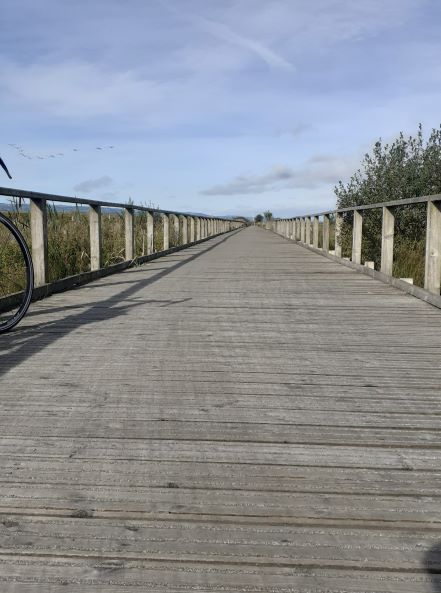
My great grandfather was in the Merchant Navy during the late 19th and early 20th centuries. The mill was destroyed before his time. I’m sure he would have viewed the Mariners’ Beacon as a welcoming landmark as he returned home to the Port of Liverpool, his wife and three children in Mandeville Street.
Instead of finding an alternative and more complex route home, I returned the way I had come, rewarding myself with that sausage butty at Net’s Coffee Shop.
